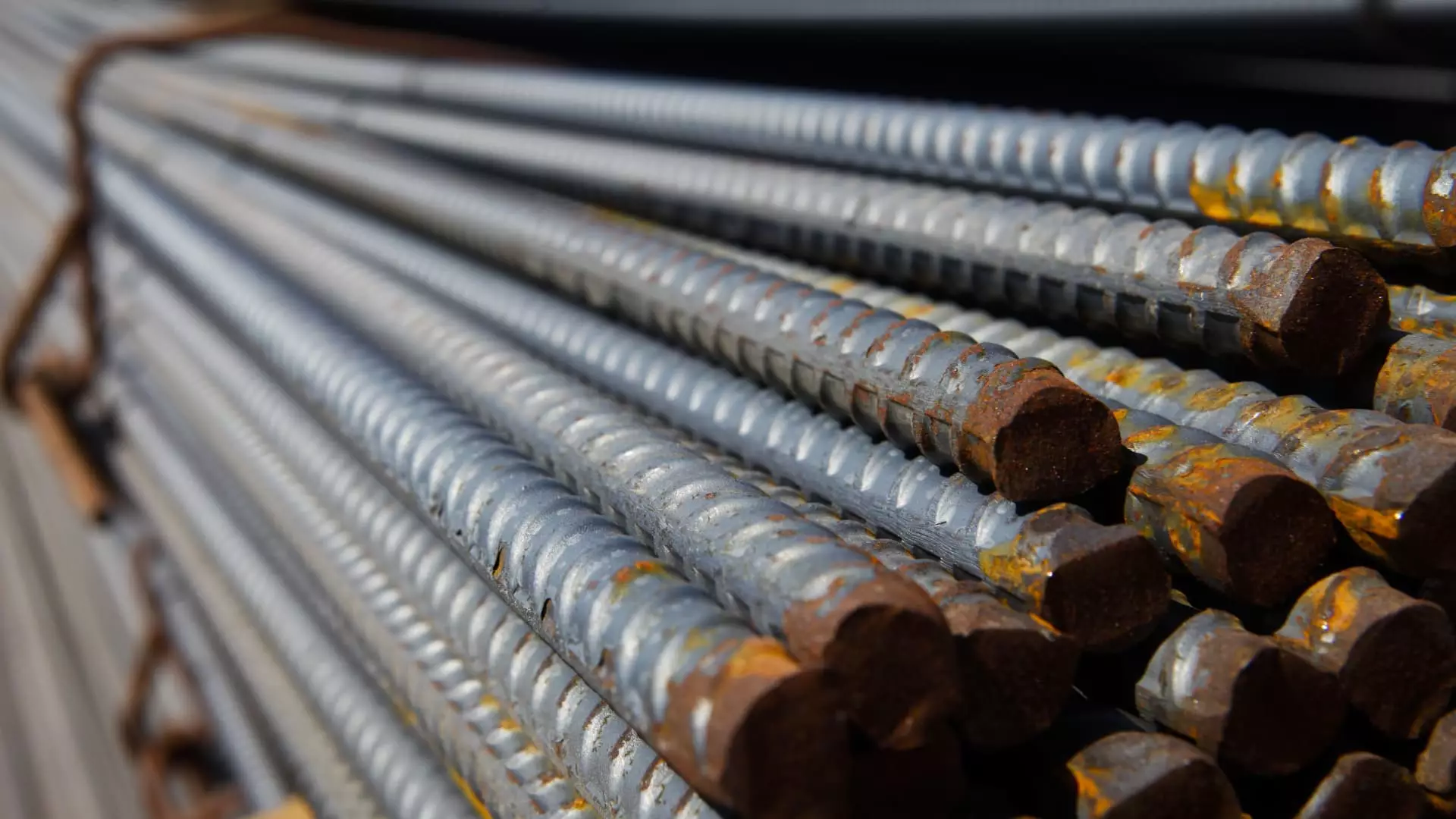In recent developments, U.S. steelmakers were expected to thrive under the tariffs imposed by President Donald Trump. The implementation of a 25% tariff on steel imports from Mexico and Canada, alongside a 10% tariff on steel from China, aims to safeguard domestically produced steel from the competitive pressures of cheaper foreign imports. In the wake of these announcements, a temporary pause on tariffs against Mexico was negotiated, which inadvertently buoyed the stock market and reversed early trading losses.
The Dow Jones Industrial Average experienced an initial downturn of 600 points but recovered some ground following the tariff news. Steel-related stocks saw a mixed reaction; while Nucor Corporation and U.S. Steel experienced slight gains, Steel Dynamics faced a decline. This duality underscores the complexity surrounding tariffs—as beneficial as they might be for certain companies, the broader market remains skittish regarding their long-term implications.
The introduction of tariffs is anticipated to elevate the cost of foreign steel imports, which could increase domestic production. Industry leaders, such as Nucor CEO Leon Topalian, have long cited illegal dumping—where foreign entities sell products at artificially low prices—as a critical factor undermining the U.S. steel market. Topalian emphasized the consequences of this practice during an interview, arguing that it disrupts fair competition and exacerbates the challenges faced by American steel manufacturers.
Given that Canada and Mexico constitute significant sources of steel imports to the U.S., their inclusion in the tariffs reflects a strategic attempt to boost local production. Analysts are on the lookout for how these protective measures will shift market dynamics and pricing structures, potentially enhancing the pricing power of U.S. steel companies.
According to Morgan Stanley, the new tariffs could mark the beginning of a recovery period for steel pricing, particularly following a tumultuous 2024. However, this optimistic projection is tempered by expectations of modest demand growth—with estimates hovering around 1.6%. While prices may rise, they may not yield substantial benefits for companies, as demand constraints loom large.
A notable point of contention lies in the recent downgrade of U.S. Steel’s stock. With the anticipated market conditions, the lack of prospective mergers or acquisitions—following the failed bid by Japan’s Nippon Steel—adds another layer of uncertainty. The current price target reflects minimal upside potential, indicating skepticism among investors regarding the future profitability of steel exports.
Despite the short-term benefits provided by tariffs, various analysts warn of potential headwinds that could offset these gains over time. Bank of America Securities points to a critical concern: the automotive industry, which constitutes approximately 25% of U.S. steel demand, may scale back production. Such developments could significantly hinder long-term growth prospects for U.S. steelmakers if production levels decline.
Additionally, UBS has highlighted that while tariffs may lead to a temporary spike in steel prices, the market may soon experience a saturating effect due to increasing production capacity amid stagnated demand. This dual reality emphasizes the precarious balance steel manufacturers must navigate in an ever-changing economic climate.
The imposition of tariffs presents a complex scenario for U.S. steelmakers, blending potential opportunities with inherent risks. While immediate effects may favor domestic producers through elevated prices and reduced competition from foreign imports, longer-term sustainability remains questionable. The interplay of market demand, production capacities, and economic pressures necessitates that steel companies adopt agile strategies to thrive amidst these evolving challenges. As the steel industry transitions through this phase, stakeholders and investors alike must remain vigilant, monitoring for shifts that could redefine the landscape of U.S. steel manufacturing.

